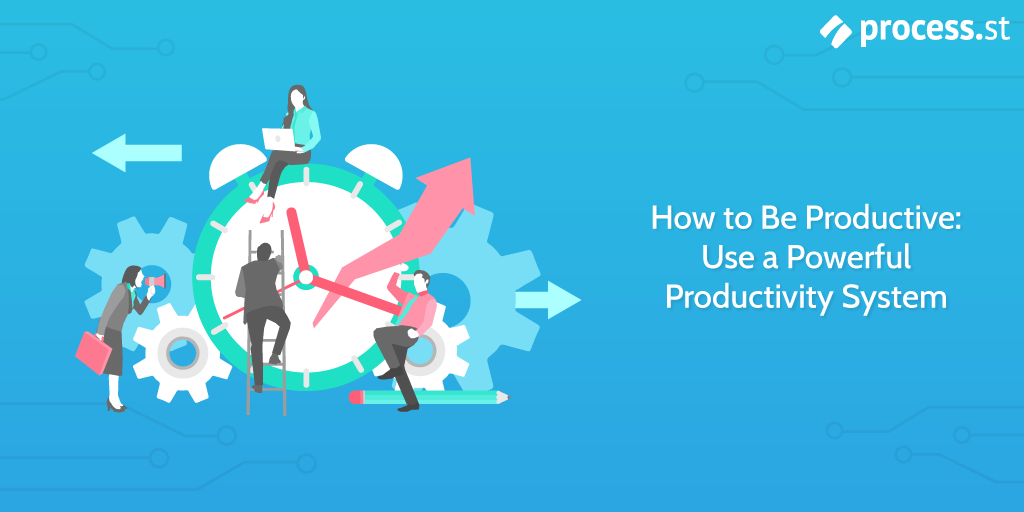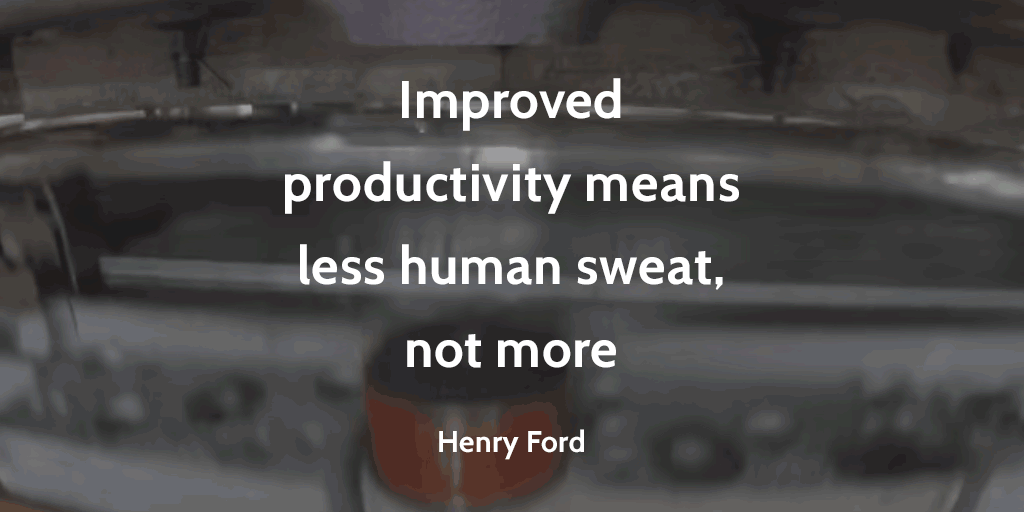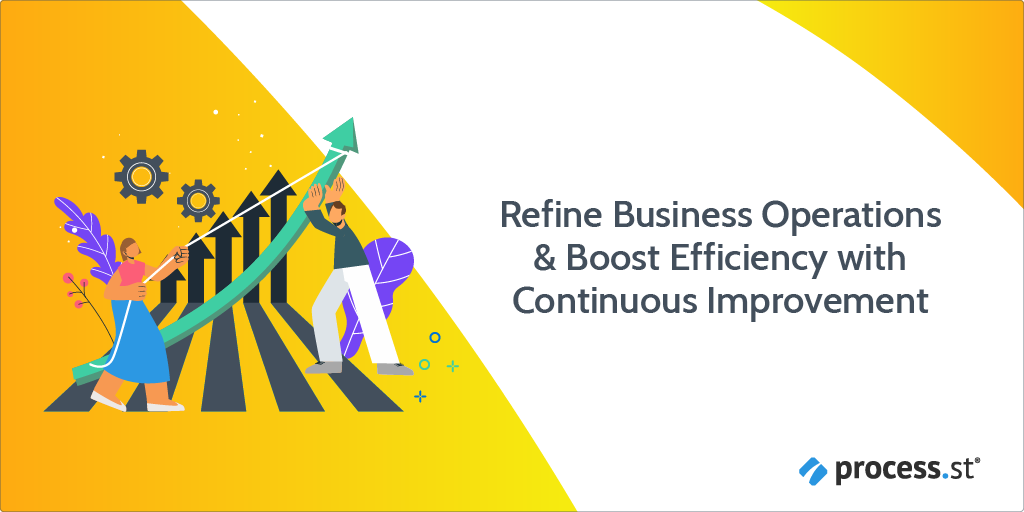
This post is a collaboration between our Process Street Team and Corey Fradin, Founder of QuickBooost. Exploring topics like productivity, time management, and goal setting, QuickBooost helps you better utilize and take control of your time.
The pursuit of productivity is often simplified to a hero’s fable involving the conquest of willpower; the reality might be more about the systems we build around our work, and the clever things we do to make work easier.
You only have 24 hours in a day. You can reduce the problem of productivity to: How many tasks can I get done in that 24 hour period?
What you choose to do with your time – which tasks you prioritize, which you choose to delegate, which you choose to automate, all of these factors are directly the result of the productivity system you build around your work.

You already have a productivity system, you just might not realize. Even if you don’t feel productive, you can still look at what you’re currently doing and understand it in terms of some kind of system.
What that means is, you can break the situation into parts, like your goals, objectives, strategies, and tactics; how all of these things work together amounts to your productivity system.
Take for example David Allen’s Getting Things Done methodology. The GTD method is basically the idea of achieving mental focus by writing down your main tasks, and figuring out how you can break them down into smaller, more immediately actionable tasks.
This is a type of productivity system.
So, in this article, we’ll be looking at:
- What a productivity system actually is
- Why productivity systems are important
- How to build a simple productivity system
- Best practice tips on how to be productive
- Continuously improving your productivity system
- Extra productivity resources
In essence a productivity system is a lot like a straightforward process that helps you break down your workload into smaller, more manageable chunks, and ultimately do more work, more efficiently.







 Workflows
Workflows Forms
Forms Data Sets
Data Sets Pages
Pages Process AI
Process AI Automations
Automations Analytics
Analytics Apps
Apps Integrations
Integrations
 Property management
Property management
 Human resources
Human resources
 Customer management
Customer management
 Information technology
Information technology









 Creating workflows with
Creating workflows with  No process is perfect; there’s always room to improve. Unfortunately, many teams have no way to identify, test, and deploy the changes they make, meaning each tweak is a roll of the dice.
No process is perfect; there’s always room to improve. Unfortunately, many teams have no way to identify, test, and deploy the changes they make, meaning each tweak is a roll of the dice.